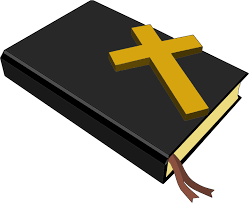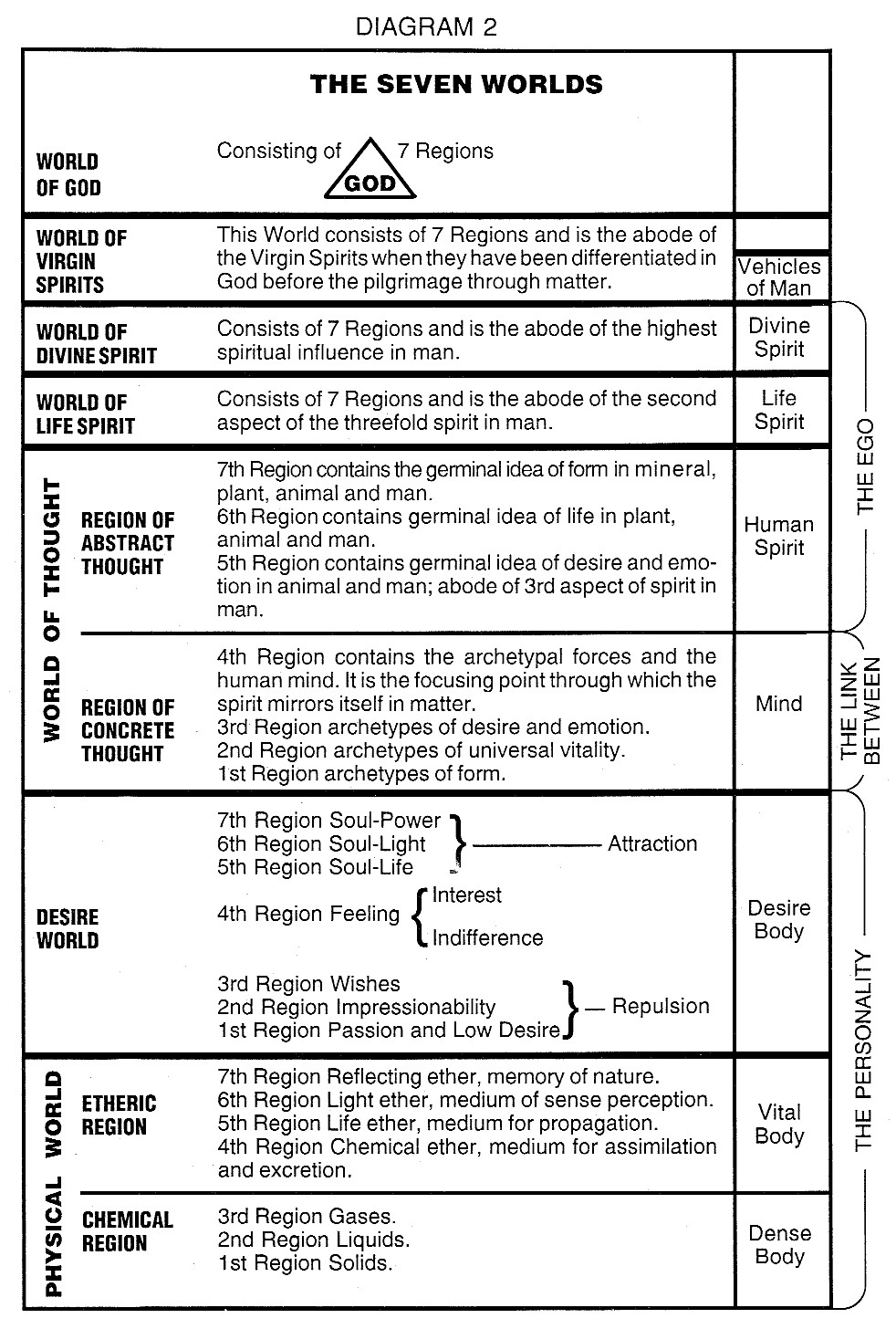
| rosicrucianU.com | ||
| Simplified Scientific Christianity |

After Moses had completed instructions in the Law, and had sung his song "in the ears of the congregation," he commanded that the Book of the Law be put "in the side of the ark of the covenant ... that it may be there for a witness against thee." This means that the Higher Law which had been revealed by Moses, an illumined Ego, was to be deposited in the ark of the soul where it would bear witness against the personality if ever the latter, in its darkened state, went counter to the way of spirit.
In the Tabernacle, as previously noted, the Ark of the Covenant was placed in the Holy of Holies, where no external light was admitted because those who entered therein carried the light within themselves. Now, since the law revealed by Moses was placed within the Ark, we know that his earthly mission has been fulfilled. The Higher Law now reposed in the Ark on the borders of the Promised Land, where it awaits discovery by other pioneer souls.
With the successful conclusion of his earthly mission, Moses faced a glorious translation from matter to spirit.
Moses' translation occurred on Mount Nebo. The name Nebo was used anciently for Mercury, god of wisdom, and signifies the deeper mysteries into which Moses was prepared to enter.
From the heights of Mount Nebo, Moses surveyed the way of human life. He viewed the field of racial evolution all the way from Gilead, which is "hard" and "rough," unto the land of Dan, where the forces of Scorpio have finally worked a regeneration in the life of mankind. Naphtali's land signifies Christed humanity; Ephraim's and Manasseh's, a race with the mind spiritually illumined; the home of Judah "unto the utmost sea" reveals the power of love (Leo) when passion has been transmuted into compassion. The valley of Jericho and the city of palm trees are emblematic of the fertile, fragrant places of the soul where it lives in joyous realization of eternal life.
The keynote of the life of Moses was purity. It is the theme of his "swan song" as it is of the song of the Lamb in Revelation. The Garden of Eden (etheric realms) was lost to man through his misuse of the sacred life force; the Promised Land (also the etheric realms) will be regained when that life force is conserved and transmuted into spiritual power. This is the fundamental teaching of the Bible from Genesis to Revelation.
Moses had reached the high degrees of Initiation that put him into such close touch with the fountain of life that his energies were continuously renewed. He was consciously moving in the current of immortal life. If he failed to discourse specifically on the subject of survival and eternal life, as some critics of his teachings have charged, he exemplified the fife that taught these truths as no mere words could do. Even in the utterance of his own first-hand knowledge he declared triumphantly, "I live forever!"
Moses did not depart because his vitality was spent, but because his mission for the age in which he lived, and the people whom he served, had been fulfilled. Laying aside a physical garment until such time as Earth's needs should call him back into mortality. He entered into life's larger sphere where hosts of illumined Beings awaited his coming.
Singularly beautiful is the Thorah's account of his passing. "One angel after another," it says, "sought to take his life, but in vain. First came the angel who had been his instructor, but his courage failed when he essayed to destroy the fabric on which he had spent so much time. Then came the Angel of Death. He approached eagerly, but when he saw the wonderful lustre of that face shining like the sun, he, too, shrank back abashed. At last came Jehovah Himself, and in one long and tender kiss He drew away the soul of His faithful disciple. Michael, Gabriel, and all the heavenly Hosts assembled in rejoicing to welcome this exalted spirit into the heaven worlds."
He was buried "in the land of Moab ... but no man knoweth of his sepulchre unto this day." (Deuteronomy 34:6)
Moses had taken the last and most difficult of the four great Initiations, Initiation by Earth. This gives mastery over matter; it reveals its hidden mysteries; it opens the way for sublimating the physical into the spiritual. With it every physical atom is brought under complete subjection to the mind and spirit of man. Moses had attained to such powers, as may be understood from the simple statement that "no man knoweth of his sepulchre unto this day." His mortality had been literally swallowed up in immortality. This glorious attainment is foreshadowed in the experience through which he passed when communing with God on the mount, "face to face." So highly charged with the forces of spirit was his very body that it was necessary for him to veil his presence from people. His face shone with transcendent glory; he was "in the light, even as He is in the light."
What Moses demonstrated all the race will experience in ages yet to come. The record of his life is available for the light it throws on every man's path. What he did, all may do, but the day for its accomplishment may be near or far. To everyone is left this choice: to take the slowly drifting road traveled by unawakened multitudes, or to choose the shorter but steeper path of the awakened few, the Way of Initiation.
The Pentateuch closes appropriately with an account of the glorious translation of that inspired personage who brought the five immortal Books into being. Those five Books are known inclusively as the Thorah. They are described as being "full of holy fire," and as having been "written with a black fire upon a white fire." They remain as an illuminated text for the continued spiritual guidance of all peoples of the post-Atlantean, Fifth Epoch, to which they were given. Humanity as a whole has yet to learn the truths taught therein, and the goal pointed out has yet to be reached.
The following reference to the five Books as the "five great lights" is taken from the rabbinical writings entitled Genesis Rabba: Light is mentioned five times in the opening chapter of the Bible. This points to the five books of Moses. 'God said, let there be light,' refers to the book of Genesis, which enlightens us as to how creation was carried out. The words, 'And there was light,' bears reference to the book of Exodus, which contains the history of the transition of Israel from darkness to light. 'And God saw the light that it was good,' alludes to the book of Leviticus, which contains numerous statutes. 'And God divided between the light and between the darkness,' refers to the book of Numbers, divided as that book is between the history of those who came out of Egypt and those who were on their way to possess the Promised Land. 'And God called the light day,' has reference to Deuteronomy, which is not only a rehearsal of the four earlier books, but contains Moses' eloquent dying charge and many laws not mentioned in the preceding books.
The last words of the Pentateuch are a rare tribute to the great Seer-Teacher: "And there arose not a prophet since in Israel like unto Moses, whom the Lord knew face to face." He was an Initiate speaking down through the ages to all other Initiates. He linked the wisdom of the past with the revelations of the future. His words were tinged with the eternal, and about his brow gleamed a halo of immortality. His attainments were many and notable. The Thorah enumerates them thus:
There never was a man who possessed such great and good qualities. He was a wise legislator, a great statesman, a skillful leader, a devout patriot, a tender friend, a pious priest, a most brilliant and at the same time a very meek man. When we consider his great meekness, his wisdom, his prudence, his chivalry, his forgiving spirit, his unselfishness, his freedom from envy, his gentleness of disposition and the sweetness of his nature, he was above every one and the one man qualified to bless Israel. . . Like one who after many ages came, Jehoshua-God-Saviour was His name.
— Corinne Heline

|

|

|
|
|
Contemporary Mystic Christianity |
|
|
This web page has been edited and/or excerpted from reference material, has been modified from its original version, and is in conformance with the web host's Members Terms & Conditions. This website is offered to the public by students of The Rosicrucian Teachings, and has no official affiliation with any organization. | Mobile Version | |
|